HOME >> METRO SHANGHAI
Mexican Art in China
By Zhang Yu Source:Global Times Published: 2014-9-27 19:53:01
Scholar, artist and independent curator, Zheng Shengtian, presented a public lecture on the Mexican influence on contemporary Chinese art this past Tuesday at the Long Museum West Bund. The lecture was organized by the Mexican Consulate General in Shanghai.
The lecture explored the exchange and dialogue between contemporary Chinese and Latin American art in the 20th century, much of which was hidden from history.
Not many are aware that the first person who publicly introduced Mexican art to China was author Lu Xun. In an October 1931 issue of literary magazine Beidou, he wrote about Mexican painter and muralist Diego Rivera's mural, Night of the Poor, commenting that murals, unlike artworks stored in rich people's houses, belong to the public. Muralists, therefore, carry more responsibility to the public. It was this that first brought Mexican art to Chinese readers.
Further exchanges between Mexican and Chinese art occurred when Mexican painter and caricaturist Miguel Covarrubias and his wife, dancer Rosemonde Cowan, visited Shanghai in the 1930s. They were introduced to Chinese poet Shao Xunmei and his American author lover Emily Hahn. Through Shao, Covarrubias met many young artists in Shanghai and many of them regarded Covarrubias as their mentor.
Covarrubias' linear and parodic drawing style excited and inspired these young Chinese artists, including painter, designer and caricaturist Zhang Guangyu. Under Covarrubias' influence, Zhang created his famous decorative style, and later became one of the founders of Chinese modern design and animation.
Another painter and caricaturist influenced by Covarrubias was Ye Qianyu. In Ye's autobiography he wrote, "Inspired by Covarrubias, whom I met in 1935, I started to carry a sketchbook with me. That was an important transformation in my art career."
After the establishment of the People's Republic of China in 1949, China closed its doors to Western countries. Soviet Union was virtually the only country China had communication with.
Starting from the 1950s, due to its political inclinations, China started to strengthen its ties with Third World nations in Asia, Africa and Latin America. As a result, Mexican art was introduced to China through official channels. The exchange produced interesting influences largely overlooked by today's scholars.
In 1952, Xavier Guerrero, one of the leading artists of the Mexican mural movement, visited Beijing to attend the Asian-Pacific Peace Conference. The Chinese Artists Association held an exhibition for him and two other Latin American artists at this time.
In July 1956, Ignacio Aguirre, the secretary of the Mexican National Plastic Art Front visited China and brought 138 paintings and 258 prints to Beijing. Then Premier, Zhou Enlai, visited the exhibition on August 19, and he was reportedly interested in one portrait of a Lacandon Girl by Raúl Anguiano, saying she looked Chinese, and purchased the painting.
Muralist David Alfaro Siqueiros visited China in 1956. In a speech given to Chinese artists, he strongly criticized Soviet art, which was the dominant influence in China at that time, and advised Chinese artists not to follow Russian artists but rather stick to their own tradition. The speech was widely circulated in China's art communities and resulted in discussions by Chinese artists and students in the 1950s, who were then accustomed to realist Russian art.
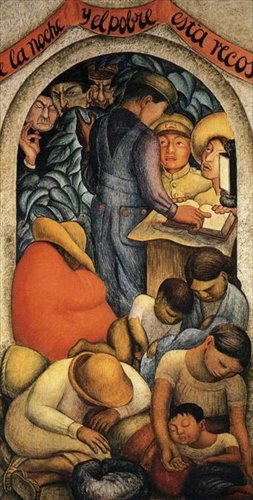
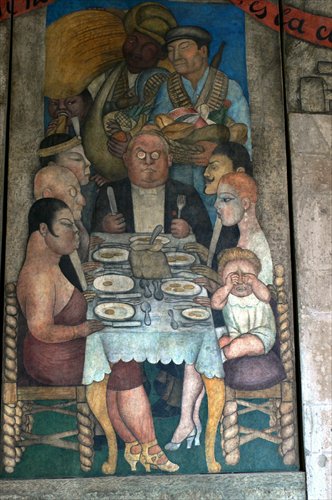
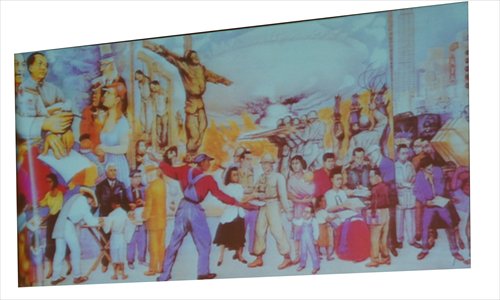
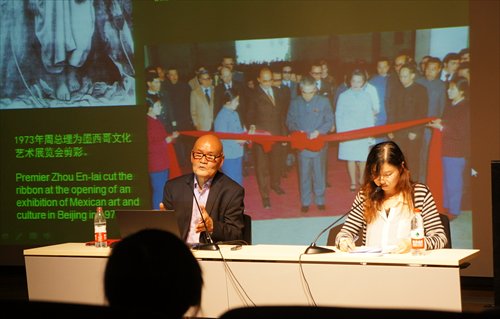
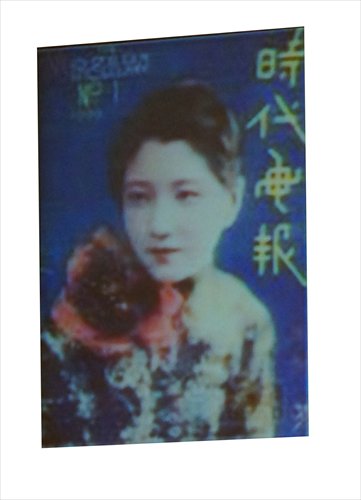
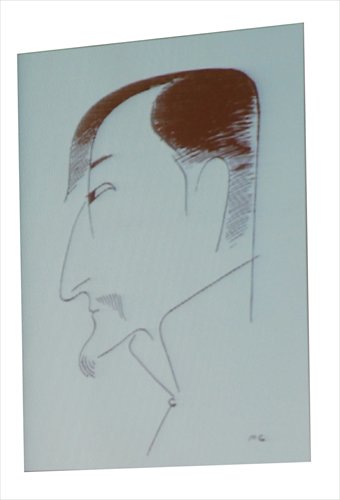
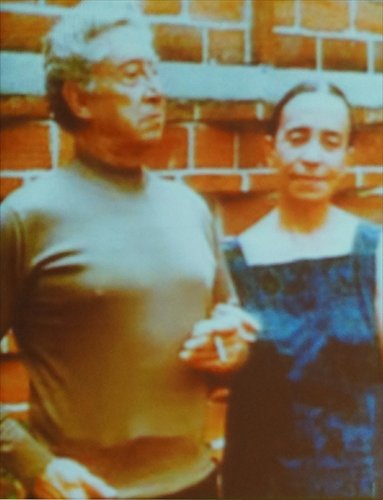
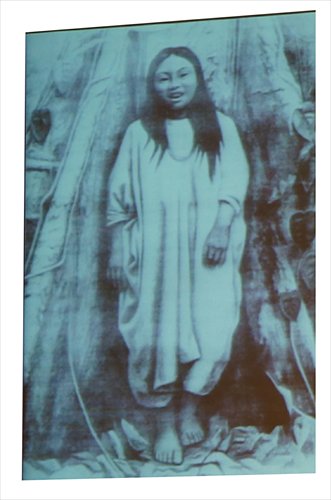
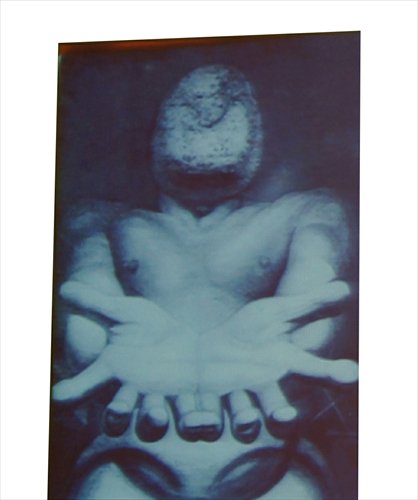
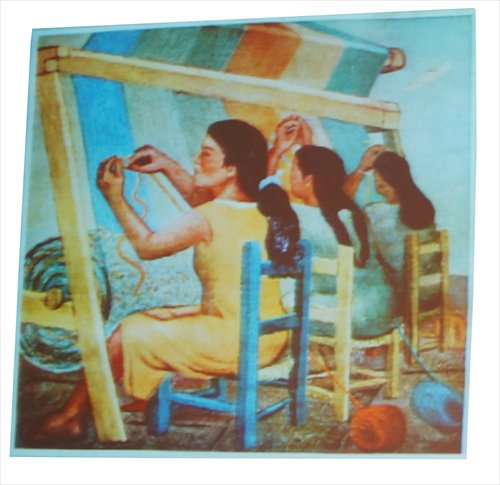
The lecture explored the exchange and dialogue between contemporary Chinese and Latin American art in the 20th century, much of which was hidden from history.
Not many are aware that the first person who publicly introduced Mexican art to China was author Lu Xun. In an October 1931 issue of literary magazine Beidou, he wrote about Mexican painter and muralist Diego Rivera's mural, Night of the Poor, commenting that murals, unlike artworks stored in rich people's houses, belong to the public. Muralists, therefore, carry more responsibility to the public. It was this that first brought Mexican art to Chinese readers.
Further exchanges between Mexican and Chinese art occurred when Mexican painter and caricaturist Miguel Covarrubias and his wife, dancer Rosemonde Cowan, visited Shanghai in the 1930s. They were introduced to Chinese poet Shao Xunmei and his American author lover Emily Hahn. Through Shao, Covarrubias met many young artists in Shanghai and many of them regarded Covarrubias as their mentor.
Covarrubias' linear and parodic drawing style excited and inspired these young Chinese artists, including painter, designer and caricaturist Zhang Guangyu. Under Covarrubias' influence, Zhang created his famous decorative style, and later became one of the founders of Chinese modern design and animation.
Another painter and caricaturist influenced by Covarrubias was Ye Qianyu. In Ye's autobiography he wrote, "Inspired by Covarrubias, whom I met in 1935, I started to carry a sketchbook with me. That was an important transformation in my art career."
After the establishment of the People's Republic of China in 1949, China closed its doors to Western countries. Soviet Union was virtually the only country China had communication with.
Starting from the 1950s, due to its political inclinations, China started to strengthen its ties with Third World nations in Asia, Africa and Latin America. As a result, Mexican art was introduced to China through official channels. The exchange produced interesting influences largely overlooked by today's scholars.
In 1952, Xavier Guerrero, one of the leading artists of the Mexican mural movement, visited Beijing to attend the Asian-Pacific Peace Conference. The Chinese Artists Association held an exhibition for him and two other Latin American artists at this time.
In July 1956, Ignacio Aguirre, the secretary of the Mexican National Plastic Art Front visited China and brought 138 paintings and 258 prints to Beijing. Then Premier, Zhou Enlai, visited the exhibition on August 19, and he was reportedly interested in one portrait of a Lacandon Girl by Raúl Anguiano, saying she looked Chinese, and purchased the painting.
Muralist David Alfaro Siqueiros visited China in 1956. In a speech given to Chinese artists, he strongly criticized Soviet art, which was the dominant influence in China at that time, and advised Chinese artists not to follow Russian artists but rather stick to their own tradition. The speech was widely circulated in China's art communities and resulted in discussions by Chinese artists and students in the 1950s, who were then accustomed to realist Russian art.

Diego Rivera's mural Night of the Poor

Another mural by Diego Rivera Photo: CFP

Diego Rivera's painting Nightmare of War, Dream of Peace

Scholar Zheng Shengtian (left)

Painter Ye Qianyu was editor at Time Pictorial

A caricature of Shao Xunmei by Covarrubias

Muralist David Alfaro Siqueiros and his wife visited China in 1956.

The portrait of a Lacandon Girl by Raúl Anguiano

Our Face Today by David Alfaro Siqueiros

The cover of color catalogue Selection of Mexican Paintings published in 1957
Photos: Zhang Yu/GT
Posted in: Metro Shanghai